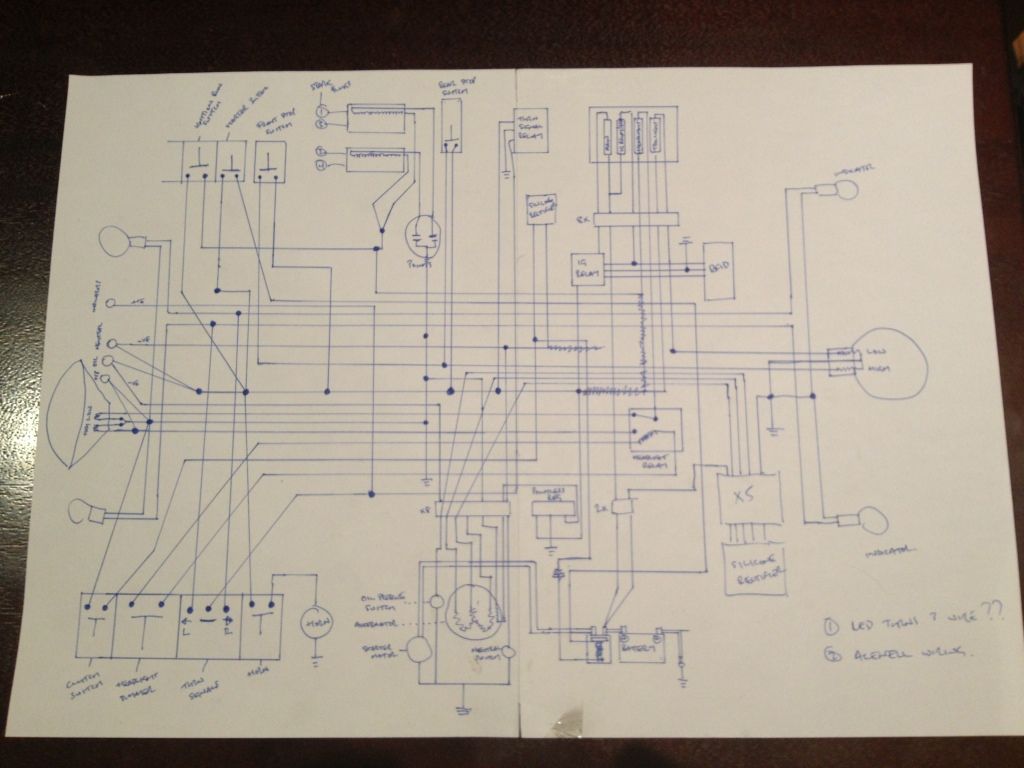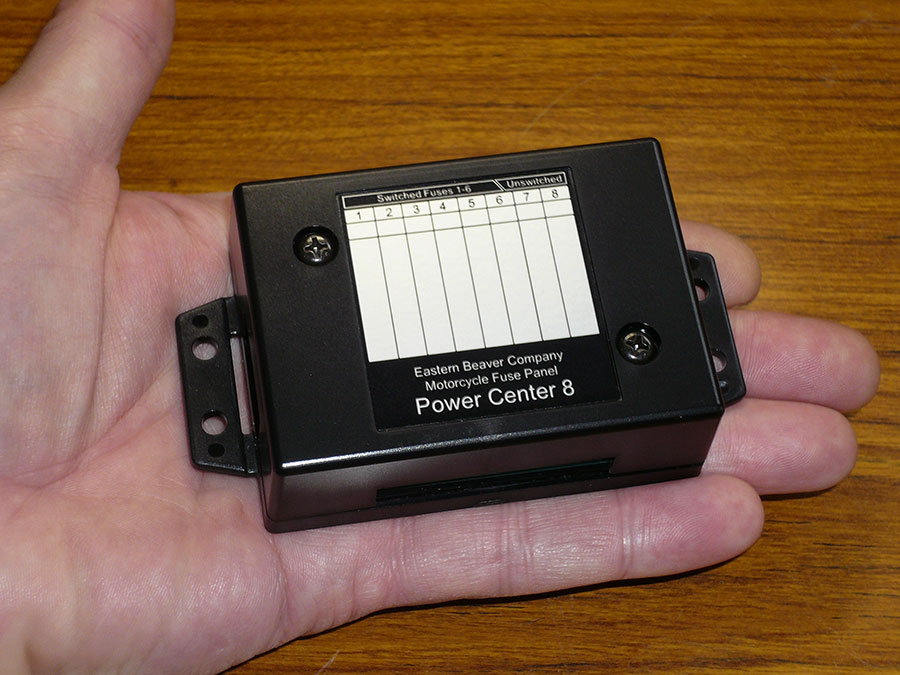hillsy
Thanks buddy, appreciate all your inputs! The -ve on the battery is grounded to the frame, its that long black wire, i tried to place things a bit where they would be on the bike so I could know where they would be wired a bit easier. That way I can have a ground point up front too and also where the coils are. I thought that would save on running -ve wires through the bike a bit.
Can you explain why I don't need a relay on the rear light / brake light? I was worried about burning it out (as it was quite an expensive LED cluster from Custom Dynamics). Previously I had the rear light wired into the ignition, so it came on whenever the ignition was live, and the brake light fed from the brake switches, but this meant it would have 2 live feeds into it when the brake light was activated. Hence why I used the relay to switch the power into the light.
crazypj
Using grounds via the frame for the most part. 1 at the rear, 1 at the coils and 1 up front in the headlight bucket (which actually grounds through the coils). Does that sound ok? I thought about running wires but thought I would try and keep it simple.
NSW is pretty damn hot at the moment, but luckily we've got 2 cooler days before it hits 42 degrees again! Im out western sydney which usually is a few degrees warmer than the city

however yesterday the city got the worst of it. Damn weird having it 33 degress in the middle of the night though!
Fingers crossed they can get on top of the fires in the next couple of days!
teazer
See my comments on the relay for the brake light above in the hillsy response. I'm sure it wil work with a relay (and I've ordered 2 anyway), however if you think its redundant just let me know and I will simplify the wiring for the rear light. Just don't want to burn out the rear LED cluster.
The clutch lever is doing exactly what the original CB400F does. That rectifier is a diode pack I think (its got the arrow in it). Not sure how it works to cut out the starter motor if the bike is in gear and the clutch is not pulled in, but I left it there to be safe. Are they required for roadworthy? If so I will leave it in, if not I'm happy to get rid of the whole lot as I pull the clutch before hitting the starter button as a habit.






